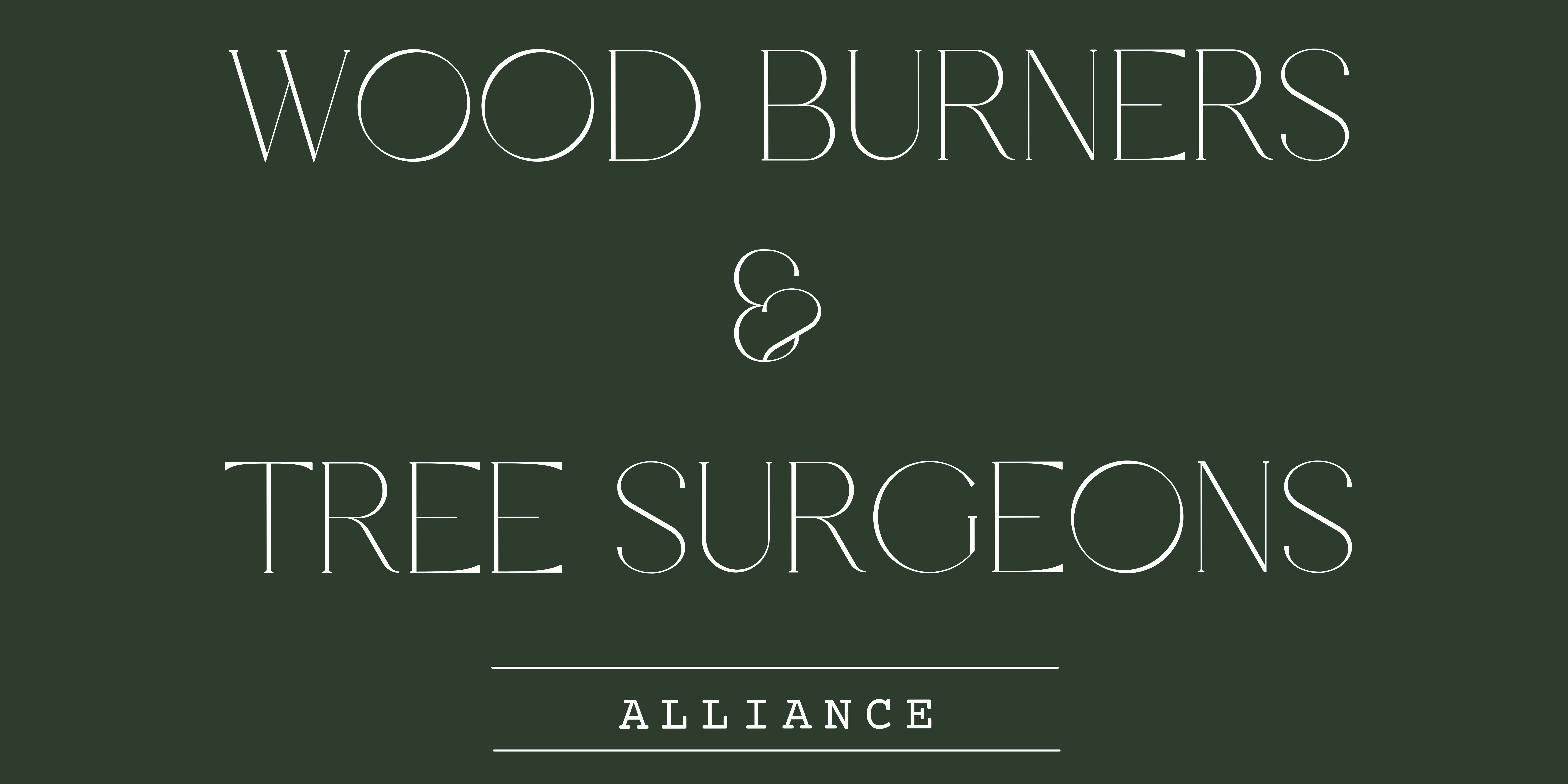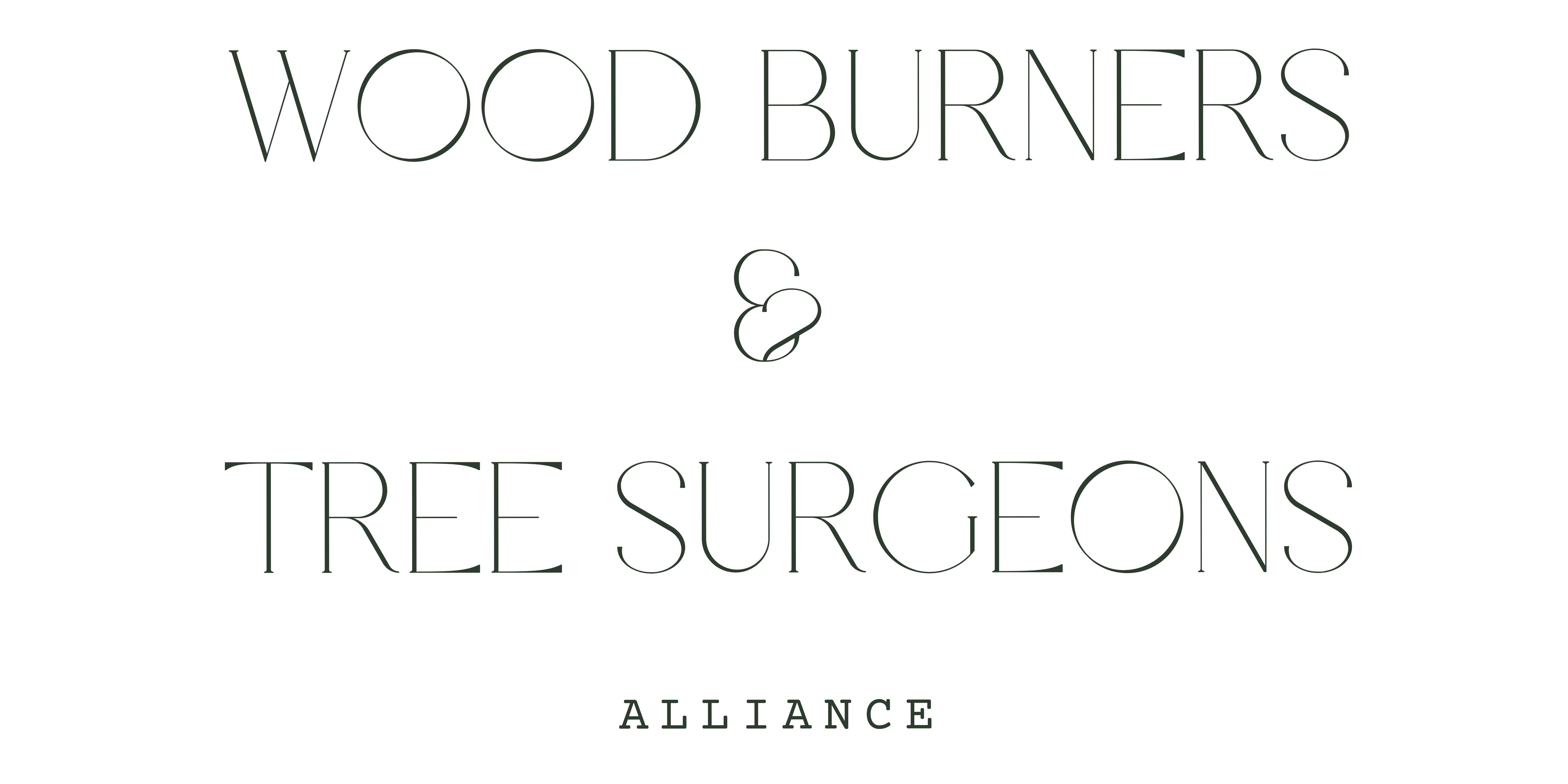Selecting the right wood for burning is not only about the heat it provides but also the ease of processing and seasoning time. In the UK, where a variety of woods are readily available, making an informed choice can enhance the efficiency of your heating and minimize environmental impact.
Top 10 Firewood Types For Your Woodburner
1. Oak: The Stalwart of Hardwoods

Oak stands as a testament to durability and heat output. It’s a hardwood that demands patience; it takes a longer time to season properly, often up to two years. However, once seasoned, oak delivers a steady and high heat, making it a preferred choice for many. Its dense nature, however, makes it more challenging to split compared to softer woods.
2. Ash: The Quick Seasoner
Ash is prized for its quick seasoning time, making it almost ready for burning as soon as it’s split. This hardwood is easier to process than oak and provides an excellent heat output. Its versatility and relatively low moisture content contribute to efficient burning with less smoke.
3. Beech: A Steady Performer
Beech wood offers a consistent and reliable burn. While it may not have the same level of heat output as oak, it’s easier to split and generally has a shorter seasoning time. Beech is a hardwood that strikes a balance between processing ease and respectable heat production.
4. Birch: Quick to Ignite
Birch is known for its quick ignition, making it an excellent choice for starting fires. While it may not have the long-lasting heat of oak, birch is relatively easy to split and season. It’s a good option for those who need wood that’s ready to burn sooner rather than later.
5. Sycamore: The Middle Ground
Sycamore offers a middle ground between hardwoods like oak and softer woods in terms of both heat output and processing difficulty. It’s easier to split than oak and seasons more quickly, making it a practical choice for those seeking a compromise between efficiency and convenience.
6. Hawthorn: Hard and Slow-Burning
Hawthorn is a dense hardwood that burns slowly, providing a long-lasting heat. While it can be more challenging to split due to its hardness, the extended burn time makes it a valuable choice for those willing to invest the effort in processing.
7. Cherry: Aromatic and Manageable


Cherry wood not only imparts a pleasant aroma but also burns well. It’s easier to split than some hardwoods and has a moderate seasoning time. While it may not be the hottest-burning wood, its aromatic qualities add to the overall experience.
8. Willow: Soft and Swift
Willow, a softer wood, is notably easier to split. It has a shorter seasoning time compared to hardwoods like oak, making it a practical choice for those who prefer a faster turnaround. However, its heat output may not match that of denser hardwoods.
9. Pine: Softwood with Caution


Pine is a softwood that is generally easy to split, making it suitable for those new to wood processing. However, caution is advised due to its high resin content, which can lead to creosote buildup in chimneys. Properly seasoned, pine can contribute to a decent heat output.
10. Cedar: Fragrant and Manageable
Cedar wood is known for its pleasant aroma and is relatively easy to split. It’s a softwood that seasons relatively quickly, offering a moderate heat output. While not the hottest-burning wood, cedar’s fragrance adds a delightful element to the burning experience.
What Wood Has The Best BTU?
What is BTU
The term “BTU” stands for British Thermal Unit, which is a unit of energy. It is commonly used to measure the heat energy produced by fuels or consumed by appliances. The heat value of wood can vary depending on factors such as the type of wood, its moisture content, and its overall energy density.
Specific BTU values can vary based on factors such as wood density, moisture content, and measurement conditions.
Different types of wood have different BTU values per cord (a cord is a unit of measure for firewood, typically measuring 4 feet high by 4 feet wide by 8 feet long). Hardwoods generally have higher BTU values than softwoods.
As a general reference, dry hardwoods can have a heating value in the range of 24 to 28 million BTUs per cord, while softwoods may have a heating value of around 15 to 20 million BTUs per cord. It’s important to note that these values can vary, so specific information about the type and condition of the wood would provide a more accurate estimate.
A General Range Of BTU Values Per Cord For The Common UK Wood Types:
| Oak | 4-28 million BTUs per cord |
| Beech | 24-27 million BTUs per cord |
| Ash | 22-26 million BTUs per cord |
| Birch | 20-24 million BTUs per cord |
| Sycamore | 19-22 million BTUs per cord |
| Hawthorn | 24-28 million BTUs per cord |
| Cherry | 20-24 million BTUs per cord |
| Willow | 15-19 million BTUs per cord |
| Pine | 15-20 million BTUs per cord |
| Cedar | 15-17 million BTUs per cord |
How Long Should You Season Your Wood For?


Seasoning wood refers to the process of drying the wood to reduce its moisture content before using it as firewood. Properly seasoned wood burns more efficiently, produces less smoke, and generates more heat. The duration required for seasoning wood depends on various factors, including the type of wood, its initial moisture content, and the storage conditions.
General Guide For Firewood Seasoning Time By Wood Type
| Oak | 1 to 2 years |
| Beech | 6 months to 1 year |
| Ash | 6 months to 1 year |
| Birch | 6 months to 1 year |
| Sycamore | 6 months to 1 year |
| Hawthorn | 1 to 2 years |
| Cherry | 6 months to 1 year |
| Willow | 6 months to 1 year |
| Pine | 6 months to 1 year |
| Cedar | 6 months to 1 year |
In conclusion, the best wood for burning in the UK depends on your preferences, the time you can dedicate to processing and seasoning, and the desired heat output. Whether you opt for the slow-burning durability of oak or the quick-seasoning convenience of ash, understanding the characteristics of different woods enhances your overall heating experience.


